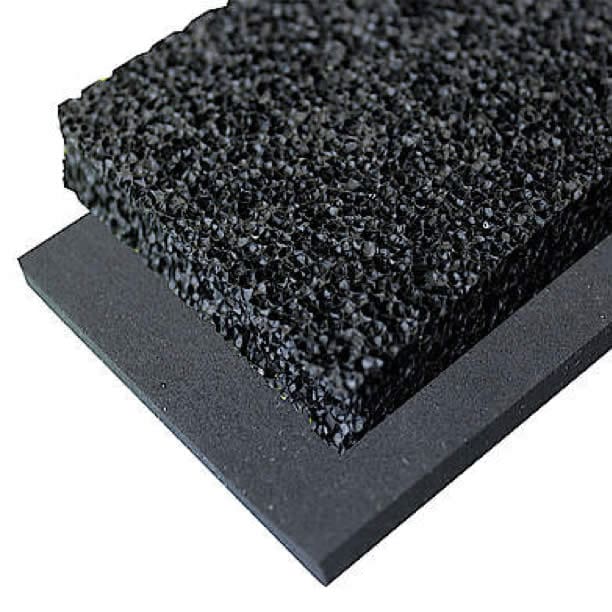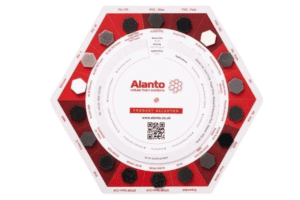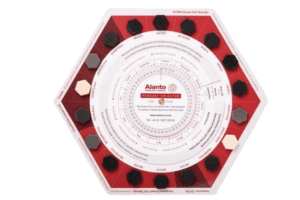This article explores the differences between open and closed cell foam padding, how rubber foams are made, key characteristics, and common applications.
Open Cell vs. Closed Cell: What’s the Difference?
-
- Open cell foam: Features interconnected cells with an open structure. When you compress it, cells squeeze tightly, then quickly regain their shape as air flows back in. Open cells resist breaking, ensuring long-term performance. Manufacturers can adjust density based on the application.
- Closed cell foam: Think of it like tiny balloons packed into a rubber membrane. Compression forces air out and flattens the cells. Upon release, air re-enters more slowly than in open cell foams. In addition, closed cell structures tend to be stiffer and resist moisture, making them ideal for seals and damp environments. Therefore, like open cell foam, properties like density and rigidity can be tailored during manufacturing.
How is Rubber Foam Made?
Manufacturers produce rubber foams through sheeting, molding, and extrusion processes. Furthermore, combining gum rubber with ingredients like chemicals, liquid polymers, catalysts (to speed production), and blowing agents (to create those gas bubbles) forms the base. Surfactants control bubble size. Moreover, the final physical properties depend on the exact blend and the temperature during production. Manufacturers adjust these factors to match the foam’s intended use.
What are the properties and primary characteristics of open and closed cell foams?
| Property/ Primary characteristic | Open cell Foams | Closed cell Foams |
|---|---|---|
| Versatility | Flexible | Semi-rigid |
| Comfort | Softer and less rigid | Stiffer and firmer to touch |
| Durability | Less durable, application dependent | More durable, application dependent |
| Weight | Typically 0.5lb per cubic foot, formulation dependent | Typically 2lb per cubic foot, formulation dependent |
| Compression resistance | More compressive | Less compressive |
| Density | Tends to be higher | Tends to be lower |
| Recovery and rebound | Draws air back in faster so returns to original state quicker | Slower to return to original state |
| Quality of performance | Dependent on application | Superior air sealing benefits for use in application such as insulation. |
| Heat transfer | Higher thermal conductivity | Lower thermal conductivity |
| Moisture transfer | Less resistant to moisture | Superior water resistance |
What are the applications of open and closed cell rubber foam?
-
- Automotive seating: Both types find use here. Open cell foams often excel in comfort and rebound qualities.
- HVAC gaskets and insulation: Closed cell foams’ water resistance is a major advantage.
- Seals and wrapping: Closed cell wins in construction due to its density, rigidity, and durability.
- Soundproofing: Open cell works best for small spaces.
- Interior applications: Open cell foam dominates in areas like roofing and wall lining.
- Exterior applications: Closed cell foam resists heat and water better.
- Sound insulation: Closed cell foam resists vibration, making it perfect for microphones or amplifiers.
What are the types of Elastomeric Foams?
-
- Neoprene
- Polyethylene Foam
- Polyurethane Foam
- EPDM
Alanto excels in crafting the highest quality open and closed cell foam solutions. Furthermore, we ensure you get the perfect foam for your specific needs!


